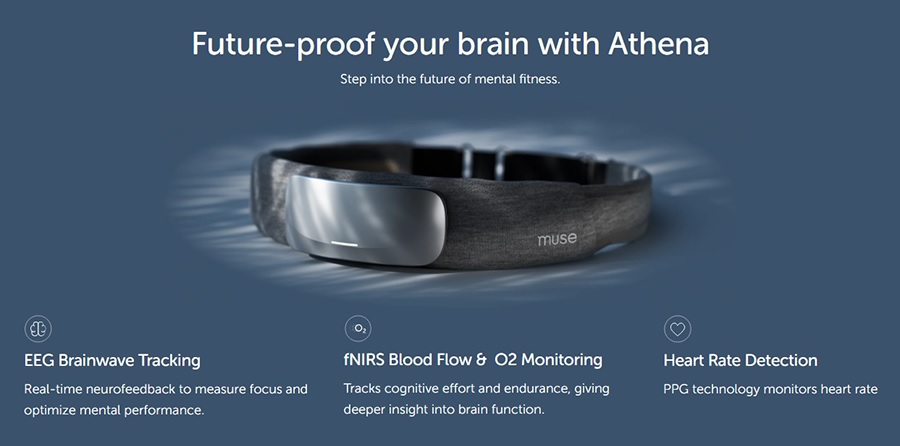
Meetings ask your brain to skim, speak, and juggle social cues. Maker time asks for the opposite, quiet, sustained focus and a narrow lane. Switching from one to the other without a reset is like slamming the brakes on a bike and trying to sprint in the same second. The mind keeps chewing on the last comment, the body stays buzzy, and the cursor blinks while nothing useful happens. The fix is not more willpower. The fix is a small ritual that tells your nervous system exactly what comes next. Here we explain why transitions feel hard, give you a simple framework with time sized versions, tool options that do not add pressure, and team habits that make focused work possible on ordinary days.
Contents
Why Switching Hurts: The Brain Science Behind Meeting Hangover
Context switching is expensive because attention has momentum. During a meeting, especially on video, your brain tracks faces, tone, slides, and timing all at once. That broad, social mode relies on quick orienting and constant prediction. Deep work relies on a different mode, narrow attention, fewer inputs, and stable rules. When the meeting ends, the old mode does not shut off instantly. Residual activation, the afterimage of tasks and emotions, lingers. You can feel it as replaying what you should have said, fingertip fidgets, and a slight pressure to check messages again.
Working memory also pays a fee. It can only hold a few things at once. If those slots are full of meeting residue, there is less room for the steps your project requires. Biology mirrors this. Breath tends to ride higher in the chest, shoulders creep toward ears, and gaze narrows. That posture signals urgency, which favors scanning over building. Researchers use tools like fNIRS to observe changes in blood oxygenation in the prefrontal cortex during mental effort. In simple terms, heavy switching and social load leave that region busy and noisy. A short reset that widens vision, steadies breath, and clears next actions reduces the noise so the same circuits can plan again.
Another culprit is reward prediction. Meetings deliver frequent cues, pings, jokes, quick wins. Maker work delivers slower rewards. Your dopamine system expects the old pace and keeps asking for novelty. A reliable ritual acts like a bridge. It gives the body a new rhythm and a fast win, then funnels you into the slower lane with less friction. Think of it as teaching your nervous system a simple story, that part is over, this part begins, here is how.
The Transition Framework: Stop, Clear, Prime, Commit
You do not need a complicated routine. You need a short script you can run without thinking. The framework here takes about seven minutes. It uses four moves that cover physiology, attention, and planning. Use it after a meeting ends or before any deep block that matters.
1) Stop, 45 to 60 seconds
- Silence notifications, close the meeting tab, and set a single soft timer for your first focus sprint, usually 25 minutes.
- Posture tall, feet grounded, jaw soft. Look at a distant point for twenty seconds to widen your gaze. This tells the system that scanning can ease.
- Breath quietly through your nose, in for four counts and out for six for three cycles. Make breaths small and comfortable.
2) Clear, 2 minutes
- Two line offload: write the single meeting action you owe and when you will do it. Park it on a card or in your task app. If you owe nothing, write none owed.
- Desk tidy: create one clear square for the next task. Physical clutter invites mental tabs. Sixty seconds here saves you later.
- Input audit: close stray tabs. Leave open only what the next task needs.
3) Prime, 3 minutes
- HRV pacing: one to two minutes of slow breathing, in for four, out for six. Many people feel a quiet settle in under 90 seconds. If numbers help, glance at a simple heart rate variability trend once per week, not daily.
- Attention cue: if you enjoy structure, use a single minute of attention settling. A consumer EEG headband, such as the Muse device, provides gentle audio guidance for that minute. It is not a medical device and does not diagnose conditions. Treat it like a metronome, helpful at the start, unnecessary once rhythm returns.
- Movement sip: stand, roll shoulders, and do five slow chair squats or a hallway lap. Movement clears small static that breath alone misses.
4) Commit, 1 minute
- Micro target: write one sentence that names the first outcome, for example, outline three headings, or, refactor the saveUser function.
- Start line: say the target out loud, press start on the timer, and type the first line or write the first variable name. Movement beats hesitation.
That is the seven minute shift. It sounds simple because it is. The magic comes from repetition. Your nervous system learns the steps and begins to change state on the first breath. You feel less tug from the last meeting and more traction on the work that actually moves the needle.
Short, Shorter, Shortest: Variants for Real Calendars
Back to back meetings happen. Fire drills happen. The framework scales down without breaking. Use these variants when time is tight and still protect your first minutes of maker time.
Two minute rescue
- Silence notifications and close the meeting window, 10 seconds.
- Breath and gaze, in four and out six for six breaths while looking 20 feet away, 60 to 70 seconds.
- Write a micro target and type the first line, 40 seconds.
Five minute standard
- Two line offload of meeting actions, 45 seconds.
- One minute HRV paced breathing, 60 seconds.
- Movement sip, chair squats or a hallway lap, 60 to 90 seconds.
- Micro target and start line, 45 seconds.
Ten minute deluxe
- All four framework steps plus a quick checklist, variables, files, or headings you need to touch in this block.
- If you tend to ruminate, add a 60 second loving kindness phrase set to soften social residue, may I be steady, may they be steady.
Two guardrails protect any variant. First, end meetings at the fifty or twenty five minute mark to create buffers. Second, protect the first sixty seconds of the focus block from new inputs. No fresh tabs, no fresh messages. Your brain needs that first minute to gain traction. After that, momentum carries you.
Tools That Help Without Taking Over
Technology can make transitions smoother if it lowers friction. It can also become a new source of noise if you let dashboards take center stage. Keep tools in the role of quiet assistants and check numbers weekly at most.
Breath and HRV
- Use a simple visual pacer for one to two minutes during the Prime step. Many people feel a shift from buzzy to steady with a slightly longer exhale pattern.
- Log only a tiny note, up, flat, or down, once per day. Treat it like weather, not a grade.
EEG mirrors
- A consumer headband such as Muse can provide a one minute attention settle before tough blocks. The brief audio cue confirms the feel of steady attention, then you remove it and work in silence. It is not a medical device and does not diagnose conditions.
- Use it sparingly, for example before your hardest daily block, so the tool stays helpful rather than becoming another task.
Accelerometer and fidget cues
- Your watch or phone can flag restlessness. A short vibration after three minutes of low stillness during a reading task is a useful nudge to run the two minute rescue.
- Keep alerts rare. Constant buzzing turns into background noise and defeats the purpose.
Environment cues
- Face soft front light, not a bright window behind the screen. This reduces squint and head tension.
- Use a single soundtrack without lyrics at low volume for maker blocks. Predictable sound reduces novelty seeking.
- Create a phone home outside your main desk area. Out of reach beats out of sight when you are vulnerable to quick checks.
Research tools like fNIRS are valuable in labs for understanding cognitive effort. For home or office work, you will get most of the benefit from breath pacing, gentle posture changes, and a tiny plan written in plain words.
Calendar Hygiene and Team Norms That Protect Maker Time
Personal rituals help only if the calendar stops fighting you. A few shared rules turn Swiss cheese days into solid blocks. These moves do not require a culture overhaul. They require a consistent story about attention being scarce and worth protecting.
Block design
- Two maker lanes daily: reserve one morning and one afternoon block of at least 60 to 90 minutes. Color them in your calendar and share the rule that these blocks move only for true emergencies.
- Buffer the buffers: schedule meetings at 25 or 50 minutes. Use the final five minutes to run the Stop and Clear steps so Prime and Commit can begin at the turn of the hour.
- Stack meetings: grouping short meetings back to back reduces the number of transitions. One bigger transition beats five small ones.
Communication hygiene
- Message windows: process chat and email in two or three windows per day. Outside those windows, notifications sleep. Keep one priority channel for urgent items.
- Status norms: agree on a simple status tag, heads down, that signals do not disturb periods. Colleagues learn quickly that this improves everyone’s throughput.
- Hand off notes: end meetings with one action per person and the next check in time. This reduces follow up pings that bite into maker blocks.
Team rituals
- Morning huddle, five minutes: name the day’s bottlenecks and each person’s maker window. Say it out loud so the team helps protect it.
- End of day close: a two line offload per person sent to the team channel, one win and one first step tomorrow. This shrinks evening ruminations and eases the next day’s first transition.
Small agreements create big space. When teams normalize buffers and quiet lanes, individuals spend less energy defending their calendars and more energy producing work that matters.

